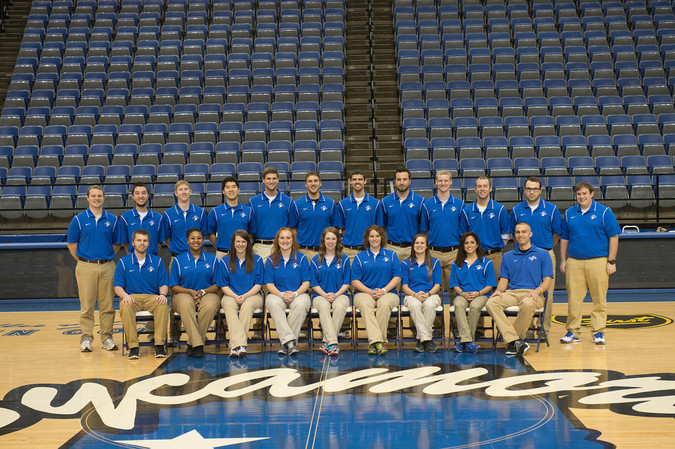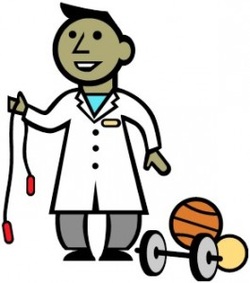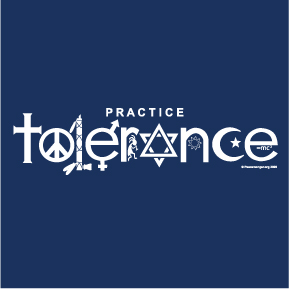Let’s consider a normal work day. We get up early, gather our things, eat a quick breakfast, and head straight to the car. Most of us set the alarm with no time to spare so we maximize our sleep time. We all know that sleep is vital to the human body, but we forget to leave time to wake up our musculoskeletal system. We forget to stretch and engage our core musculature that was just dormant for hours.
Back to the normal work day. Once in the car, with our core still in a dormant state, we begin our slouching regimen. Then we make our way into work and slouch at our desks, only to be interrupted by further slouching at lunch and a slouching finale on our way home from work.
Once we arrive home we have a decision on whether or not we exercise. The question then becomes…Do we really expect our core to be engaged enough to support our extremities in any form of exercise in its current state? I propose a different approach.
What if we wake up 10 minutes earlier? This would give us time to adequately engage the core with a few stretches and exercises. This would prepare the entire body for a day of improved posture. With the core engaged, proper posture can be supported throughout the work day. Granted, when sitting at a desk for a prolonged period of time, it will be necessary to carve out some time to stretch those muscles that are in a constant shortened position and to reengage the core.
We can’t forget our core and we can’t forget how important posture stability is to our physical well being. People wonder why they constantly have pain in their shoulders, hips, and backs after a long day of work. The answer is simple. You are forgetting your core. As you are seated for hours in a flexed position, gravity is constantly pressing down on your head and shoulders. Without engaging your core, you are doing nothing to counteract this force.
Wake up 10 minutes earlier and engage you core throughout the day. Practice proper posture and spinal alignment. Your body will thank you.
Michael Neal LAT, ATC






 RSS Feed
RSS Feed
